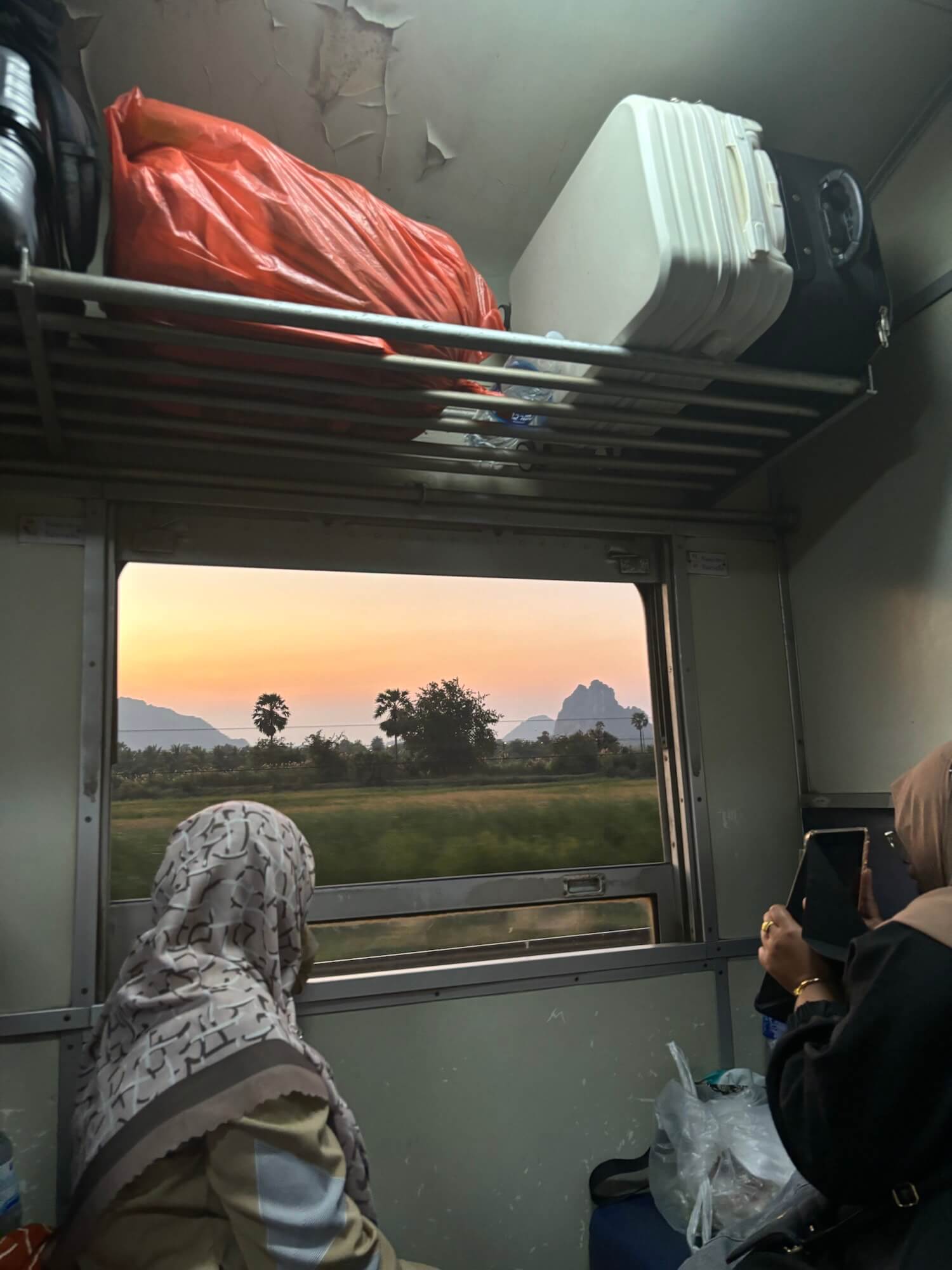
After making my way through every country on the classic Southeast Asia backpacking route, including Thailand, Laos, Cambodia, Vietnam, Malaysia, Singapore, Indonesia, and the Philippines. I’ve experienced just about every type of overland journey imaginable. From cramped overnight buses to bumpy minivan rides and unexpectedly smooth sleeper trains, I’ve had my fair share of long-haul travel. And somehow, I’ve lived to tell the tale.
These trips can definitely test your patience and your physical limits, but with the right mindset and a few tips, they become not just bearable, but oddly enjoyable. I want to share everything I’ve learned to help you not just survive these journeys, but actually appreciate them.
Why Long-Haul Travel in Asia Is Part of the Adventure
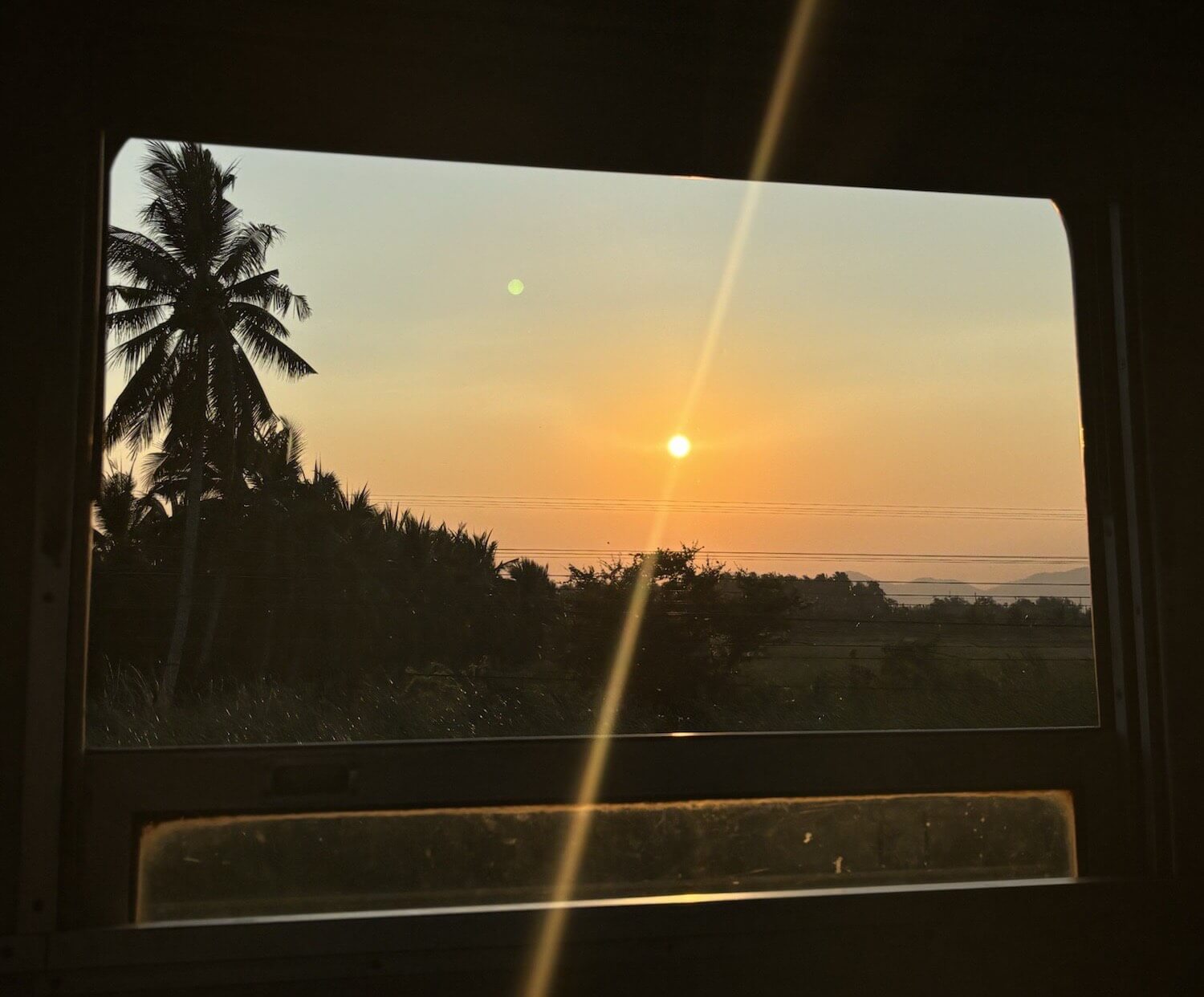
Over time, I’ve come to see these long travel days as a unique part of the adventure. They offer a glimpse into daily life that you simply won’t get if you’re flying from city to city. I’ve stared out of bus windows watching rice fields blur past, chatted with curious locals sharing their snacks, and found a strange peace in the slow rhythm of road travel. Vietnam, for example, has some of the most comfortable and efficient sleeper buses I’ve ever experienced.
I genuinely looked forward to boarding them, knowing I’d likely get some decent rest and arrive in a completely new city by sunrise. On the flip side, Laos taught me patience like no other. The roads are rough, the vehicles are packed, and the journey always takes longer than you think it will. But even there, something about the chaos feels real and memorable.
Practical Tips to Make Long Travel Days More Comfortable
These long rides have become little moments of stillness for me. I no longer see them as a waste of time but as opportunities to rest, reflect, and enjoy the in-between. Of course, I wasn’t always this zen about it. It took plenty of trial and error to get here, so I want to share some of the ways I’ve learned to make these journeys more comfortable, especially when backpacking through Asia.
1. Expect Delays and Build in a Buffer
The first and maybe silliest piece of advice I have is to always expect the journey to take longer than what is advertised. In Southeast Asia, it is pretty common for buses and vans to either leave late, arrive late, or completely disregard the original schedule altogether. I have gotten off overnight buses two hours earlier than expected and found myself stranded in the middle of an unfamiliar city in the middle of the night.
I have also spent seven extra hours on a bus with no stops for food or water, just crawling along a mountain road. That said, I have definitely had smooth experiences too, like buses and trains that ran exactly on time and dropped me off right where I needed to be. But it is impossible to predict. Especially in countries like Laos, where roads are rough and traffic can be unpredictable, things rarely go to plan.
Always build in a time buffer, both mentally and physically. That mindset will help you handle the rest of this list with a lot more ease and patience.
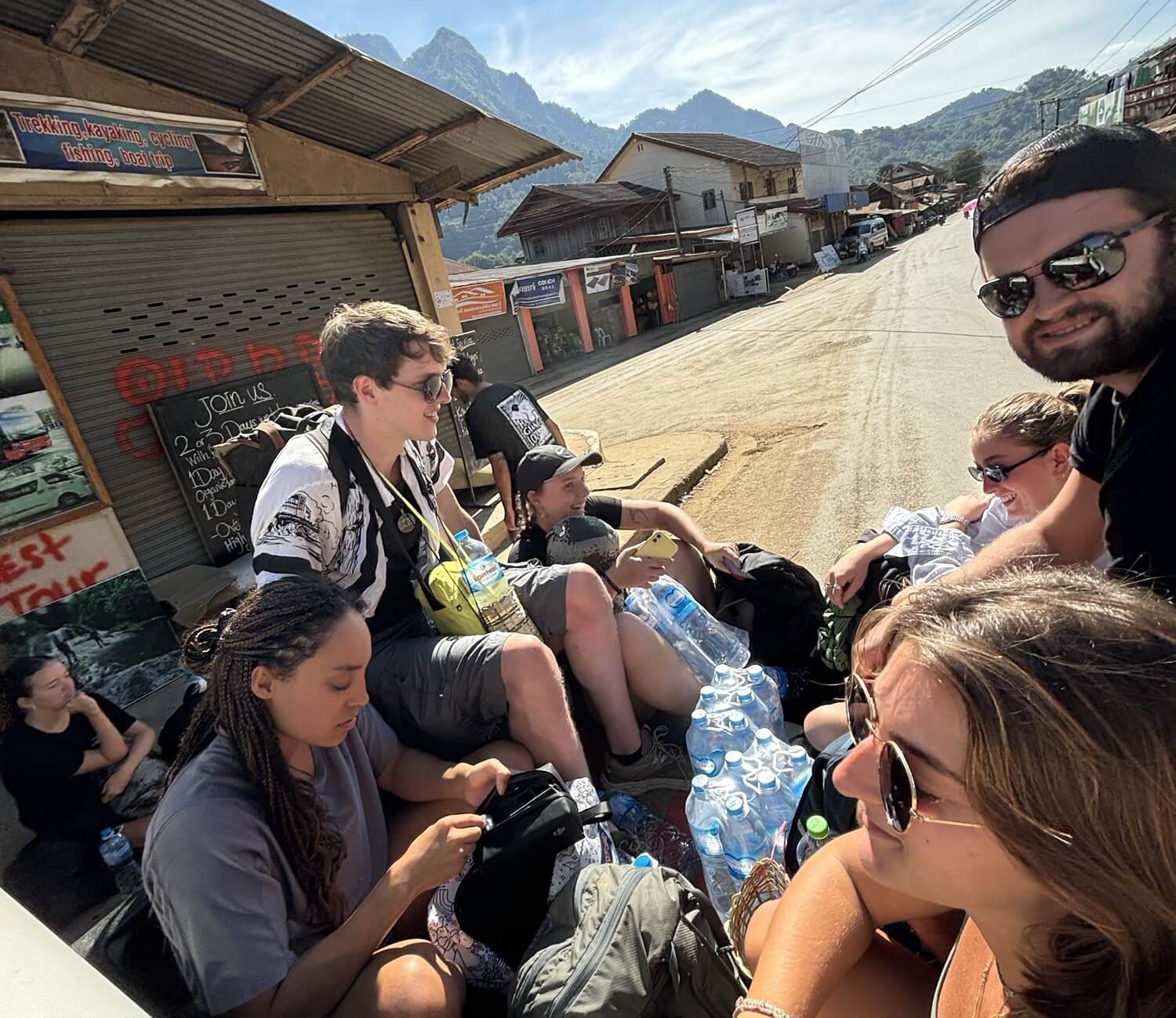
2. Always Pack Your Own Snacks and Drinks
The next thing on my list is simple but so important: always pack snacks and drinks. In Southeast Asia, it’s common for long-distance buses to stop at random roadside restaurants, small convenience stores, or rest stops so passengers can use the bathroom, stretch their legs, or grab something to eat. But there are also plenty of situations where buses don’t stop at all, or the stop is much later than expected. I’ve had trips where I thought I’d only be on the road for four hours, but it turned into seven with no food in sight, and I was starving and dehydrated by the time I got off.
That’s why I always bring snacks I know I like and a big bottle of water, just in case. This is especially important if you have a sensitive stomach or are picky about food. Some bus stops might only have fried food sitting out in the heat or unrecognizable meat dishes, and it’s not always worth the risk.
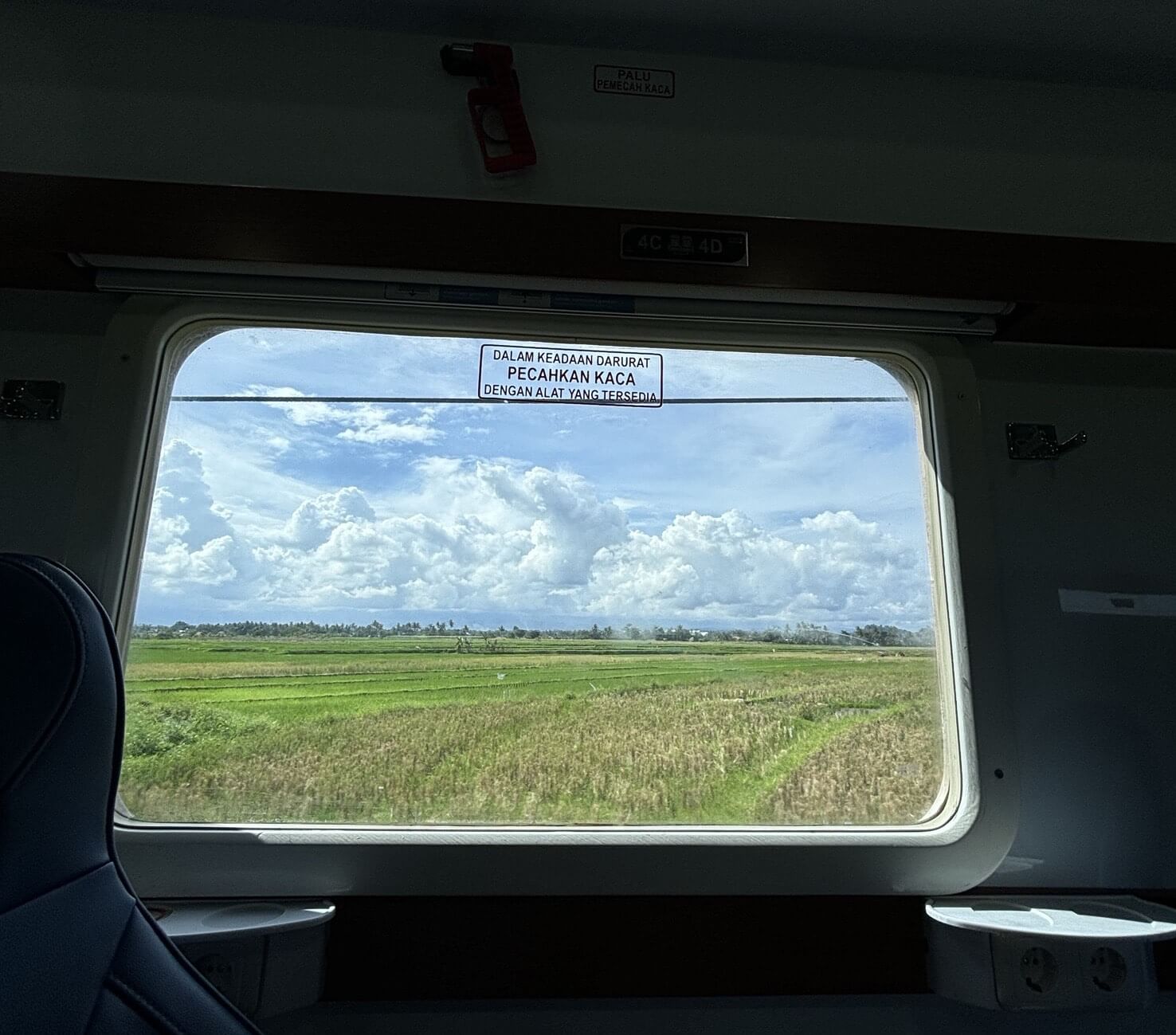
3. Stock Up at 7-Eleven Before You Hit the Road
Luckily, one of the best parts about traveling in places like Thailand, Malaysia, or the Philippines is the incredible 7-Eleven culture. These little convenience stores are everywhere, especially in Thailand, and they are absolute lifesavers. You can grab anything from fresh toasties to sushi rolls, chips, fruit, yogurt drinks, or even full meals for super cheap. I’ve made it a habit to stop at a 7-Eleven before every long journey just to stock up. But still, it’s always a good idea to keep a few snacks in your daypack, something easy like nuts, crackers, granola bars, or dried fruit, because you never know when you’ll really need them.
4. Carry Small Bills and Toilet Paper—Always
Another tip I can’t stress enough is to always carry small bills and some toilet paper with you. When you’re traveling overland through Southeast Asia, most long-distance journeys will include random stops at rest areas, small roadside restaurants, or local markets where you can use the bathroom. But here’s the thing, you’ll usually have to pay a small fee to use the toilet, and they rarely accept larger bills. Having small coins or low-denomination notes makes everything smoother and less awkward.
Even more important than money? Bring your own toilet paper or tissues. A lot of public restrooms in this part of the world either don’t have toilet paper at all or charge extra for it, and even when you’re paying to use the bathroom, it still might not be available. Sometimes there’s a water hose or bucket system instead, which works fine for some people, but if that’s not something you’re used to or comfortable with, packing your own tissue is the way to go.
If you don’t mind roughing it a bit, you might be okay with skipping this. But honestly, nothing ruins a long bus ride like being uncomfortable because you weren’t prepared. A small pack of tissues or even a bit of toilet paper rolled up in a bag takes up no space, but makes a huge difference. You’ll be glad you brought it when you need it most.
5. Don’t Forget a Fully Charged Portable Charger
Next, do not forget a portable charger because it can really save you. While some buses or vans might have outlets, especially if you are sitting near the front, it is not something you should rely on. Unless you are taking a sleeper bus in Vietnam or one of the higher-end buses, it is very unlikely there will be outlets available. And even if there are, they often do not work or are already being used by other passengers.
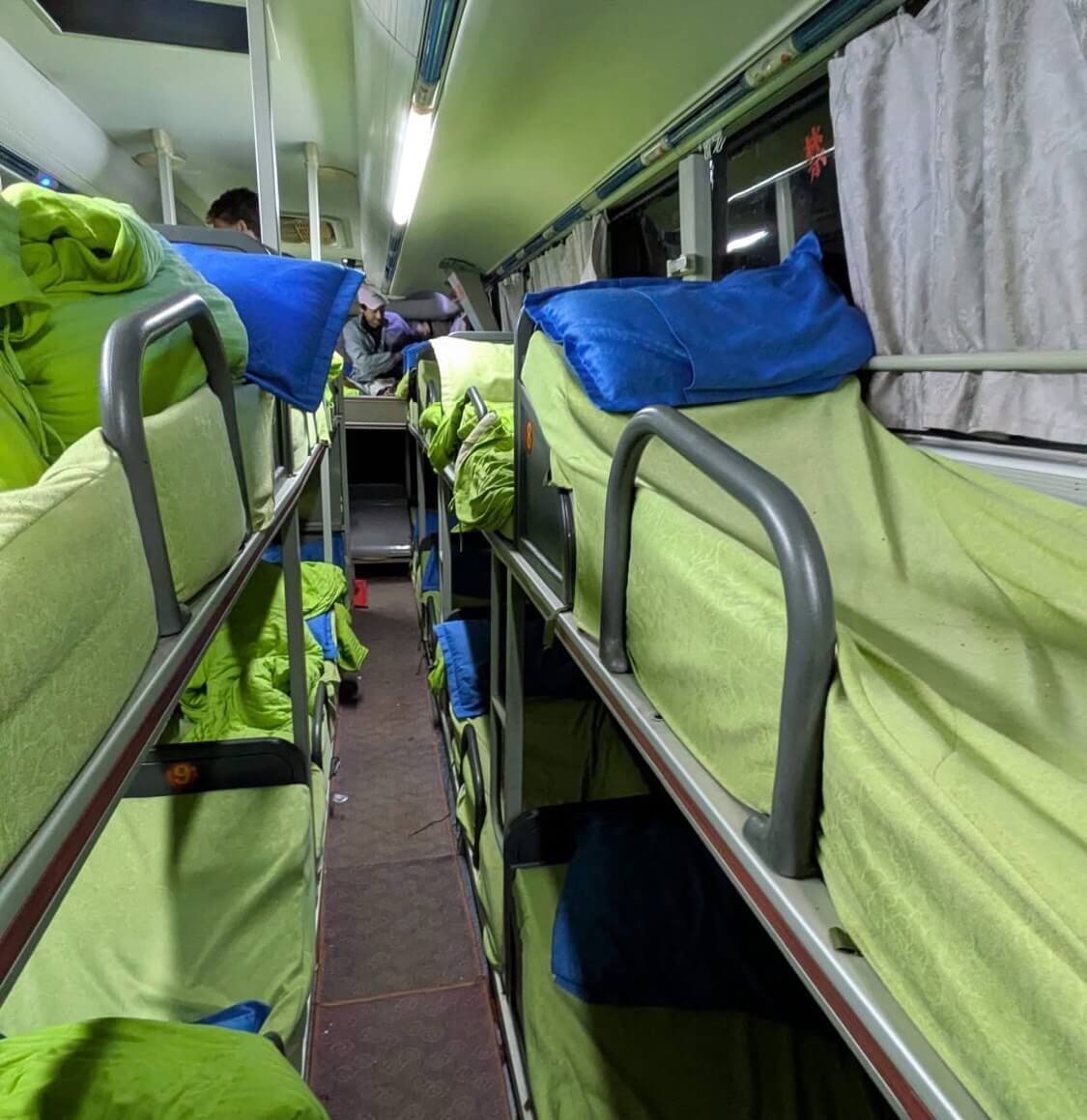
That is why I always make sure all my devices are fully charged before the journey and I bring a portable charger that is also fully charged. This is not just so you can watch something or pass the time during the trip. It is also important for when you arrive. You will want enough battery to access your booking information, look up directions, find your accommodation, or book a taxi. Getting to a brand new place and realizing your phone is dead with no Wi-Fi in sight is not something you want to deal with after a long ride. Being prepared with backup power gives you peace of mind and helps your travel day go a lot smoother.
6. Invest in Noise-Canceling Headphones
Next, I highly recommend bringing noise-canceling headphones. I didn’t realize how valuable they were for travel until some of my first long bus journeys. In many countries across Asia, people often watch videos, play games, or talk on the phone without headphones, sometimes with their speakers turned up loud. And if you’re unlucky, you might get stuck listening to the same TikTok sound playing on full blast on repeat for hours.
When you’re tired and sharing a cramped vehicle with several people for ten hours or more, all that noise can become really overwhelming. Having noise-canceling headphones lets you create your own quiet space, helps you relax, and makes the journey much more bearable. They are definitely one of the best investments I have made for comfortable travel.

7. Download Entertainment Before You Go
Next, make sure you download some shows, movies, or music before your journey, or have enough data on your phone to stay connected while on the road. I usually try to download a book and a movie so I have something to keep me occupied during the long hours. Now that I’m working while traveling, I often listen to music or podcasts and use the time to catch up on work.
There are plenty of other ways to stay entertained too. You can scroll through your travel photos and videos, write in a journal to capture your thoughts, listen to a podcast, read a book, or message friends and family back home. You could also catch up on the news or anything else you haven’t had time to explore. And of course, if you’re feeling tired, taking a nap is always a good way to pass the time and recharge for when you arrive.
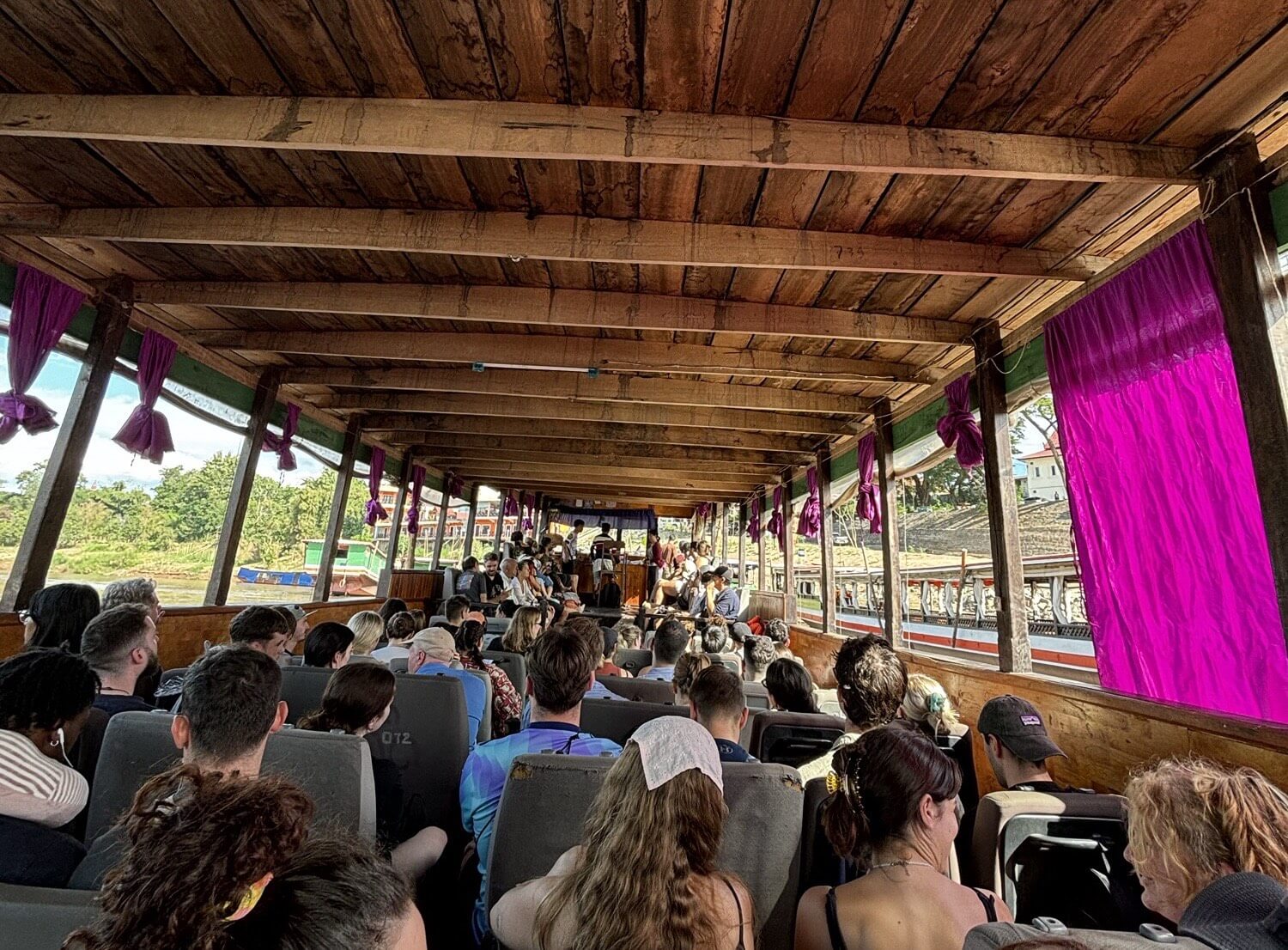
8. Dress for Comfort and Pack an Extra Layer
Lastly, wear a comfortable outfit and always bring a sweatshirt or a long-sleeve layer with you. When traveling in warm-weather countries, I usually dress in lightweight, breathable clothes that keep me cool during the day. But no matter the climate, I always pack a layer because most buses and vans blast the air conditioning, and it can get surprisingly cold, especially during overnight trips. That chill can sneak up on you when you’re trying to sleep or just relax.
That said, there are times when buses or trains don’t use air conditioning at all, so it’s important to be prepared for both situations. Dressing in layers lets you adjust easily to whatever the vehicle’s temperature is, helping you stay comfortable throughout the journey.
Final Advice: Stay Flexible, Patient, and Present
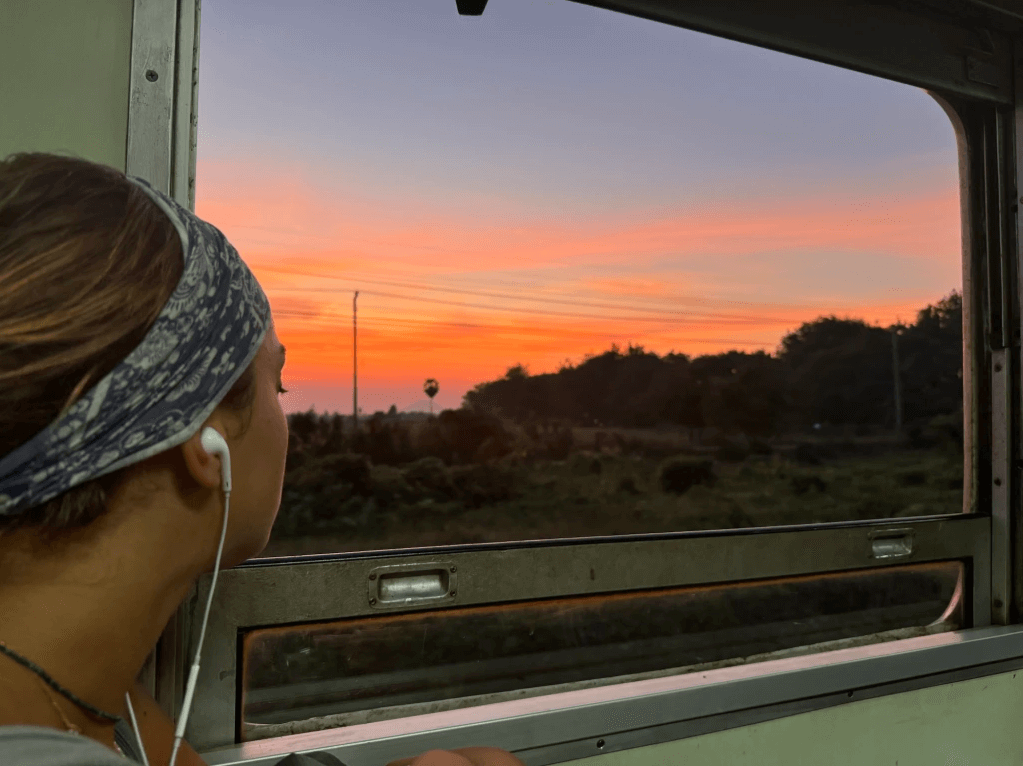
No matter how much you prepare physically and mentally for these journeys, you will still encounter unexpected surprises, interruptions, delays, bus breakdowns, and all kinds of challenges. You never plan for the bus door to break on your trip from Albania to Montenegro, but sometimes that’s exactly what happens. Or you don’t expect to be stuck for hours in traffic trying to cross the border back into Thailand from Cambodia. Some things are just out of your control.
With that in mind, the best thing you can do is practice patience, stay calm, and try to be present. Embrace the slow moments and see them as part of the adventure. These challenges can actually add to your travel story and teach you a lot about flexibility and resilience. The more you accept that things won’t always go according to plan, the easier and more enjoyable your travels will become.
For more travel tips and hacks, visit our website and explore our resources to enhance your next adventure.
